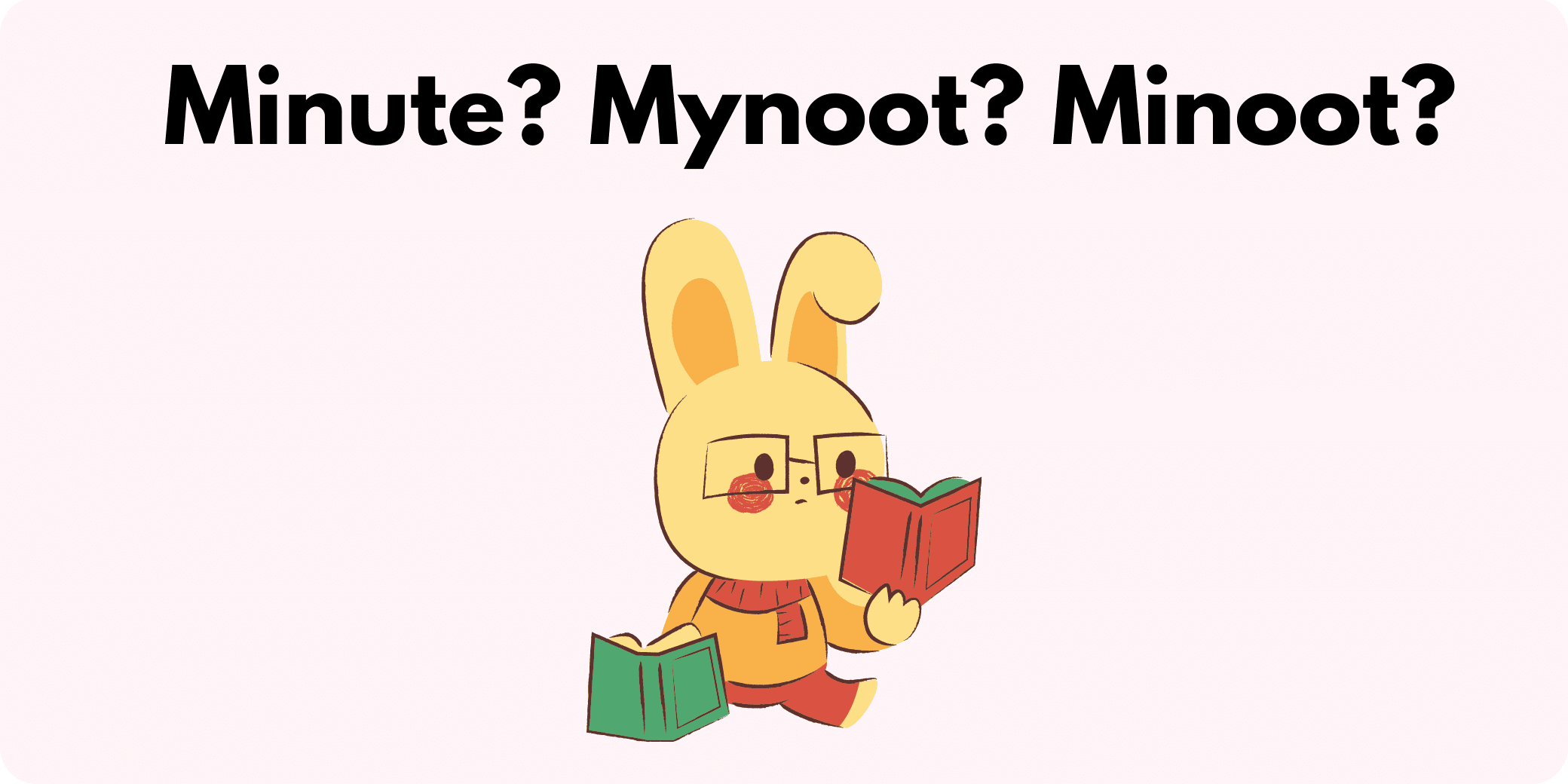You may have seen two different versions of color: it might be color, or it could be colour. Isn’t there some sort of rule on how this word should be spelled? The good news is that both spellings are correct, and there is no difference in meaning. Whether you spell it color or colour, your audience will always know exactly what you are talking about. But why do some people use colour and others use color? It’s time to explore the ins and outs of spelling!
Color vs. Colour
Color and colour aren’t the only example of unique spellings. There’s a handful of other words that also flip back and forth between using a “u.” For example, favorite vs. favourite or honor vs. honour. That’s because American English and British English prefer slightly different versions of the same word. British English (and even other English-speaking countries around the world) prefers to have colour, with the “u.” American English omits the “u” and simply uses color.
The root of color is in Latin, colōrem. French used colour, and Middle English adopted colur as its own variant. In 1806, Noah Webster (of Merriam-Webster’s dictionary) settled on color as the English standard, which is why this spelling is preferred in the United States.
Should You Opt for Color or Colour?
Choosing which spelling to use will largely depend on where you are from. If you are from the United States, your best bet will be to use color. If you are from outside of the United States, you should use colour. And if English is not your native tongue, you can default to whatever spelling you learned.
Another approach is to consider the audience you are writing for. If you are writing for an American audience, you should use color. If you are writing for a Canadians, Australian, or UK audience, use colour. Adapting to the preference of your audience will help you get ahead of any potential misunderstandings. You don’t want to risk your audience thinking that you don’t know how to spell – especially if you are writing professionally.
Consistency will always be your best option – so if you don’t know where your audience is located or if you aren’t sure what the national preference is, choose the spelling that makes most sense for you and stay consistent.
Examples of Color vs. Colour in a Sentence
- My favorite color is bright orange.
- Interior design is a great field to get in for anyone who likes incorporating color into their home.
- The British flag has three colours: red, white, and blue.
- The American flag has the same three colors as the British flag: red, white, and blue.
- Did you see her hair colour? It was such a beautiful bright red!
- That colour is really eye-catching; I’ve never seen a bright green car before.
Examples From International Media:
For as long as its trumpets deliver their annual fanfare of colour among the headstones of past generations of parishioners, they will give its creator a special kind of immortality. – The Guardian
Brushstroke is devoted to a school of Japanese cooking called kaiseki, a series of focused, intricately composed dishes that are meant to balance the taste and appearance of different foods, their texture and color, even their temperature. – The New York Times.






